Drink of the Week: The Parisian Cocktail
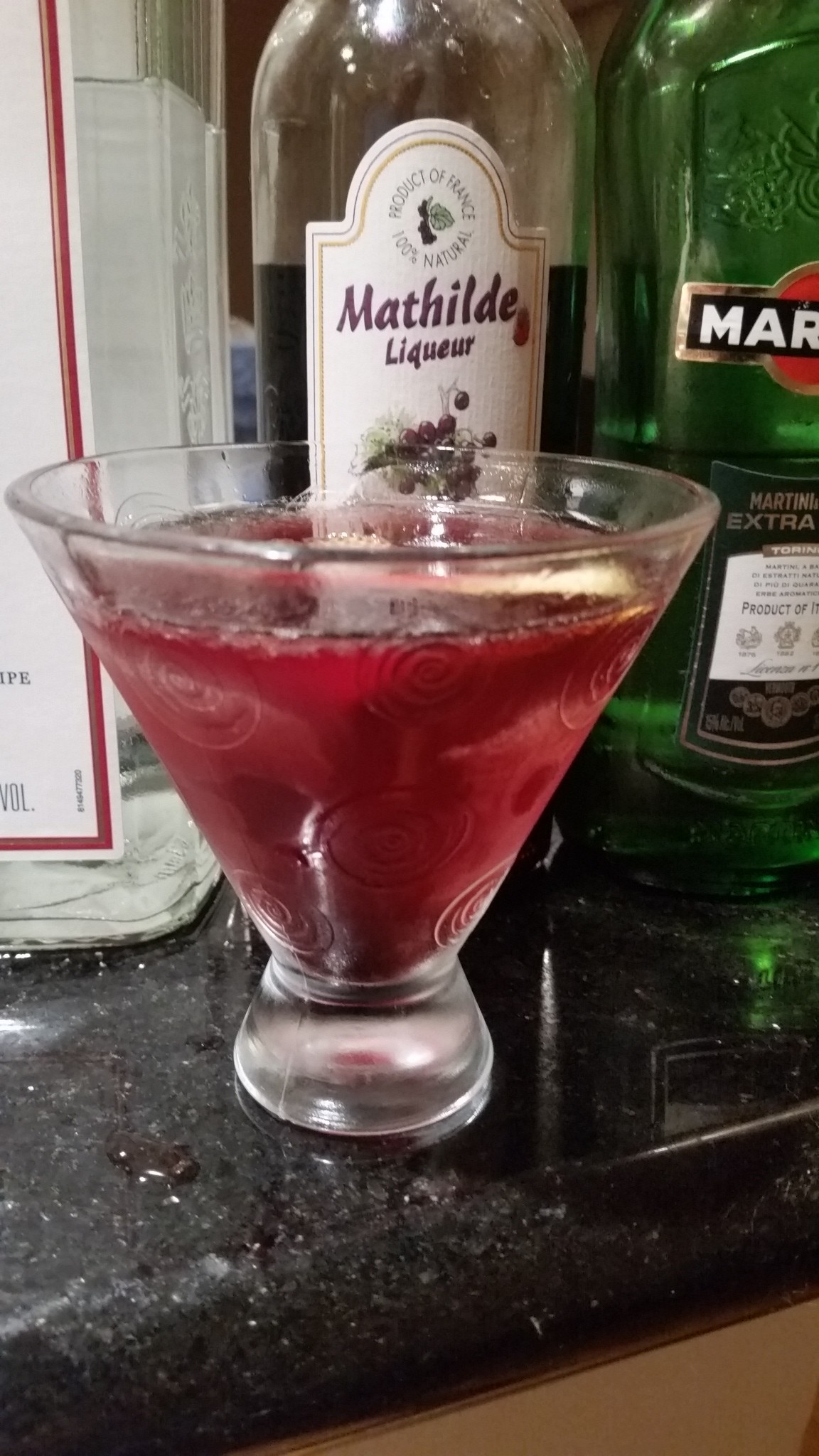 A while ago, I picked up a half-size bottle of Mathilde brand cassis (black currant) liqueur. Often referred to with some pretension as “creme de cassis” in recipes, the distinction between creme de cassis and just plain cassis seems vague at best. Anyhow, though extremely sweet, my plain old cassis had a nice flavor and I decided it was time to give it a whirl in an appropriate cocktail setting.
A while ago, I picked up a half-size bottle of Mathilde brand cassis (black currant) liqueur. Often referred to with some pretension as “creme de cassis” in recipes, the distinction between creme de cassis and just plain cassis seems vague at best. Anyhow, though extremely sweet, my plain old cassis had a nice flavor and I decided it was time to give it a whirl in an appropriate cocktail setting.
Also known as the Paris Cocktail, the Parisian shows up in the 1930 The Savoy Cocktail Book and Dale DeGroff’s much more recent The Craft of the Cocktail. However, a 2009 Savoy Stomp blog post by Erik Ellestad traces the drink to a slightly earlier 1929 recipe published by Harry MacElhone. He’s the “Harry” of Paris’s famed Harry’s New York Bar, so I guess this drink might actually be consumed by actual Parisians.
French cocktailing bonafides or not, I did find the original recipe a bit overly sweet. So, partly by accident and partly inspired by the slight monkeying with the recipe Mr. Ellestad performed, I came up with a version I prefer. It’s a bit lighter and more refreshing — and still plenty sweet; almost a high end gin and juice, if you will, even if this version has more vermouth than gin.
The Parisian Cocktail
1 1/2 ounces dry vermouth (aka French vermouth)
3/4 ounce cassis
3/4 ounce gin
1 lemon peel (optional, but I think very desirable, garnish)
Combine your liquids in a cocktail shaker with plenty of ice. Since cassis is so fruity, the cocktail gods seem to agree that this drink demands to be shaken. Do so vigorously. Strain into a chilled cocktail glass and, I say, add a traditional twist of lemon to cut the sweetness just a bit.
As for your toast, toast Paris, of course. People who’ve been there say it’s amazing and the rest of us have the dreams of Paris we get from the movies and what not. That’s pretty okay, too.
*****
If you want to try the classic version of the Paris/Parisian Cocktail, just use equal parts of all three primary ingredients, i.e., one ounce each. You’ll find that it’s a fairly tasty drink but very, very, sweet. Definitely use the lemon twist garnish in tha case. (Dale DeGroff suggests using his signature flamed lemon peel, if you’re feeling brave.)
Since I only have one brand of cassis and dry vermouth on hand, I didn’t get to play around with different brands as much as I might have. However, I did find that this version of the Parisian works very nicely with either Bombay Dry Gin or the very inexpensive, but still quite decent, Gordon’s Gin. The latter variation especially reminded me of a classier, more drinkable version of the first alcoholic beverage I ever consumed.
Yes, if you were ever wondering what Manischewitz Concord Grape would taste like if it were actually good, the Parisian Cocktail is close as you’re likely to get. And Paris, Las Vegas is as close to Paris as I’m likely to get any time soon. C’est la vie.
You can follow us on Twitter and Facebook for content updates. Also, sign up for our email list for weekly updates and check us out on Google+ as well.

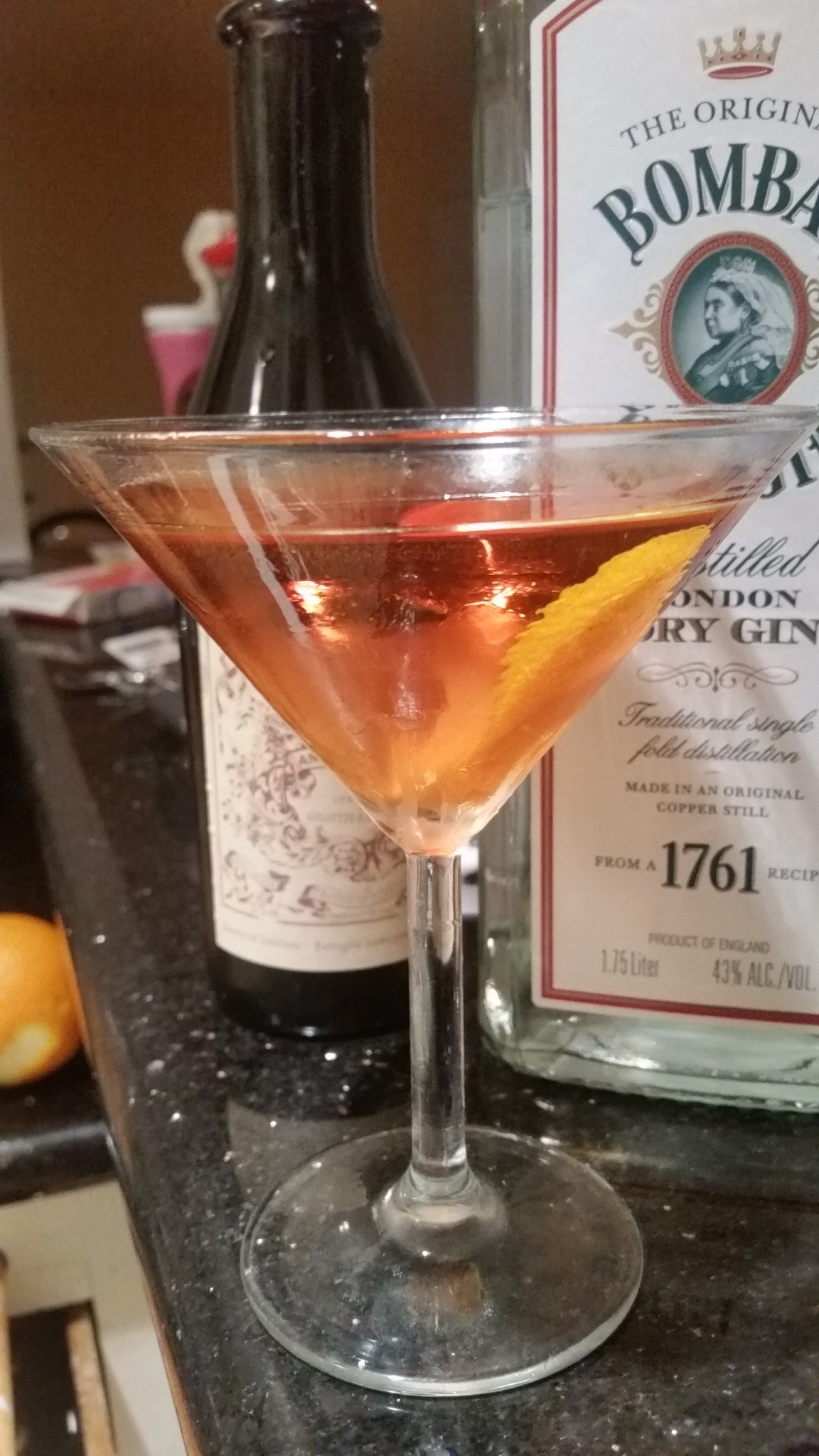 My first ever DOTW post back in 2011 covered
My first ever DOTW post back in 2011 covered 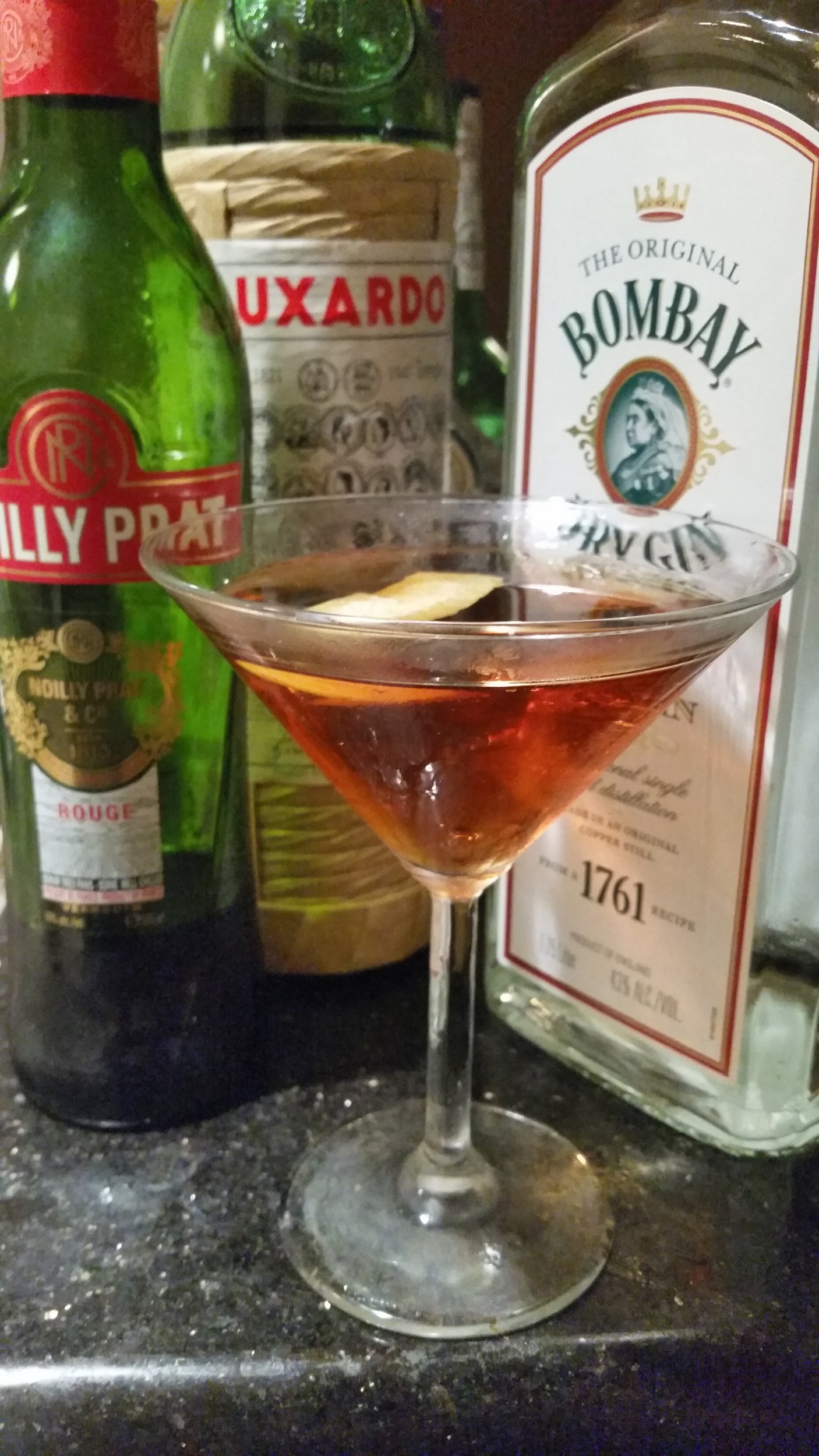 You’ve got relatives, I’ve got relatives. Everyone’s got relatives. The interesting thing about them is that they can have a great many of the same components that we do; at the same time, the final result can have you shaking your head and wondering how the #$@#$# it is that you share any chromosomes at all with these people.
You’ve got relatives, I’ve got relatives. Everyone’s got relatives. The interesting thing about them is that they can have a great many of the same components that we do; at the same time, the final result can have you shaking your head and wondering how the #$@#$# it is that you share any chromosomes at all with these people.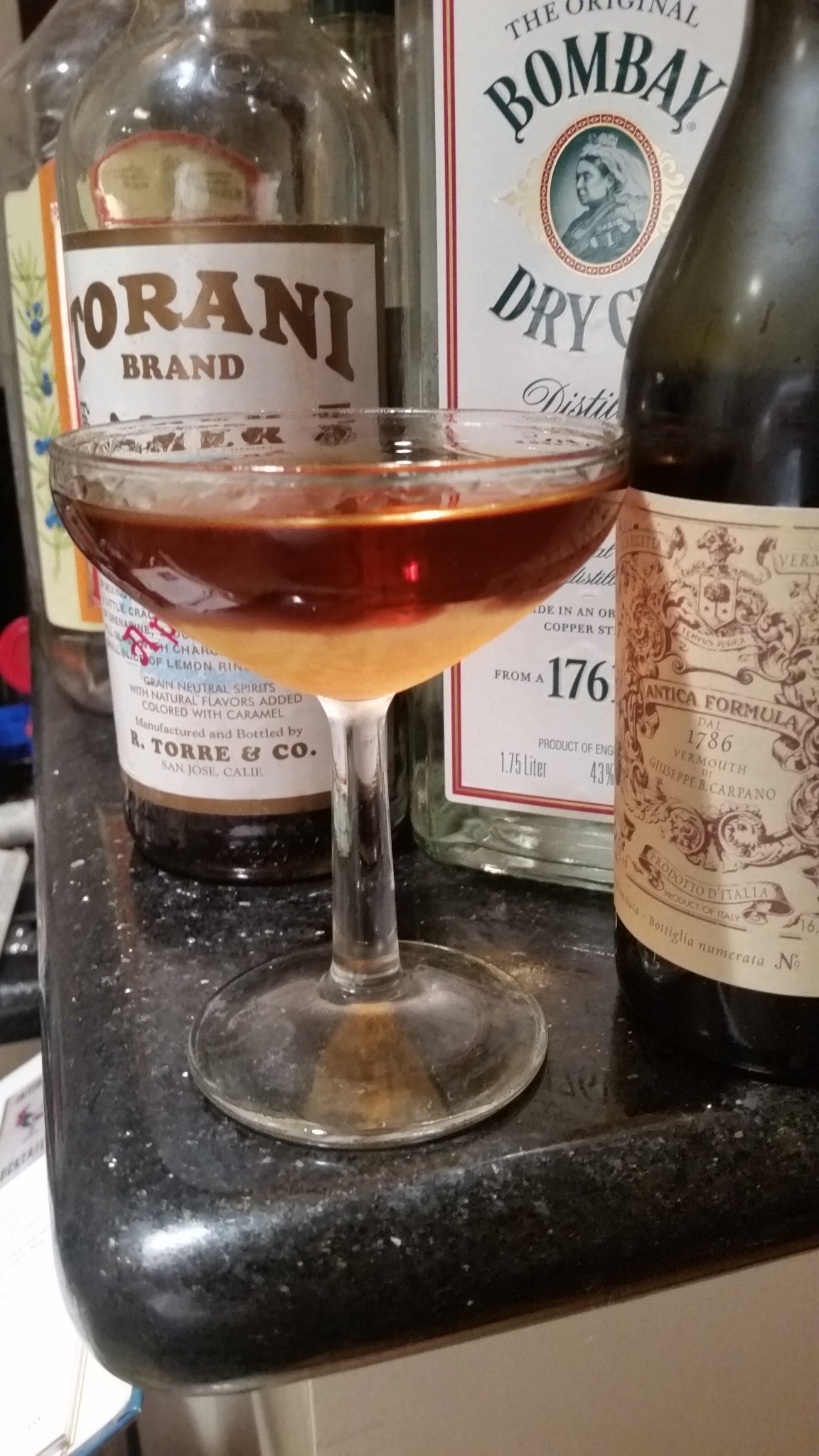 “Fin de siècle” is French for “end of the century, which means that we’ve all missed our opportunity by 15 years to have a Fin de Siècle at the most appropriate point possible, assuming we were old enough to drink in 2000. Or, if you want to look at it the other way, we’ve all got 85 years to work on preparing the perfect Fin de Siècle in time for 2100.
“Fin de siècle” is French for “end of the century, which means that we’ve all missed our opportunity by 15 years to have a Fin de Siècle at the most appropriate point possible, assuming we were old enough to drink in 2000. Or, if you want to look at it the other way, we’ve all got 85 years to work on preparing the perfect Fin de Siècle in time for 2100.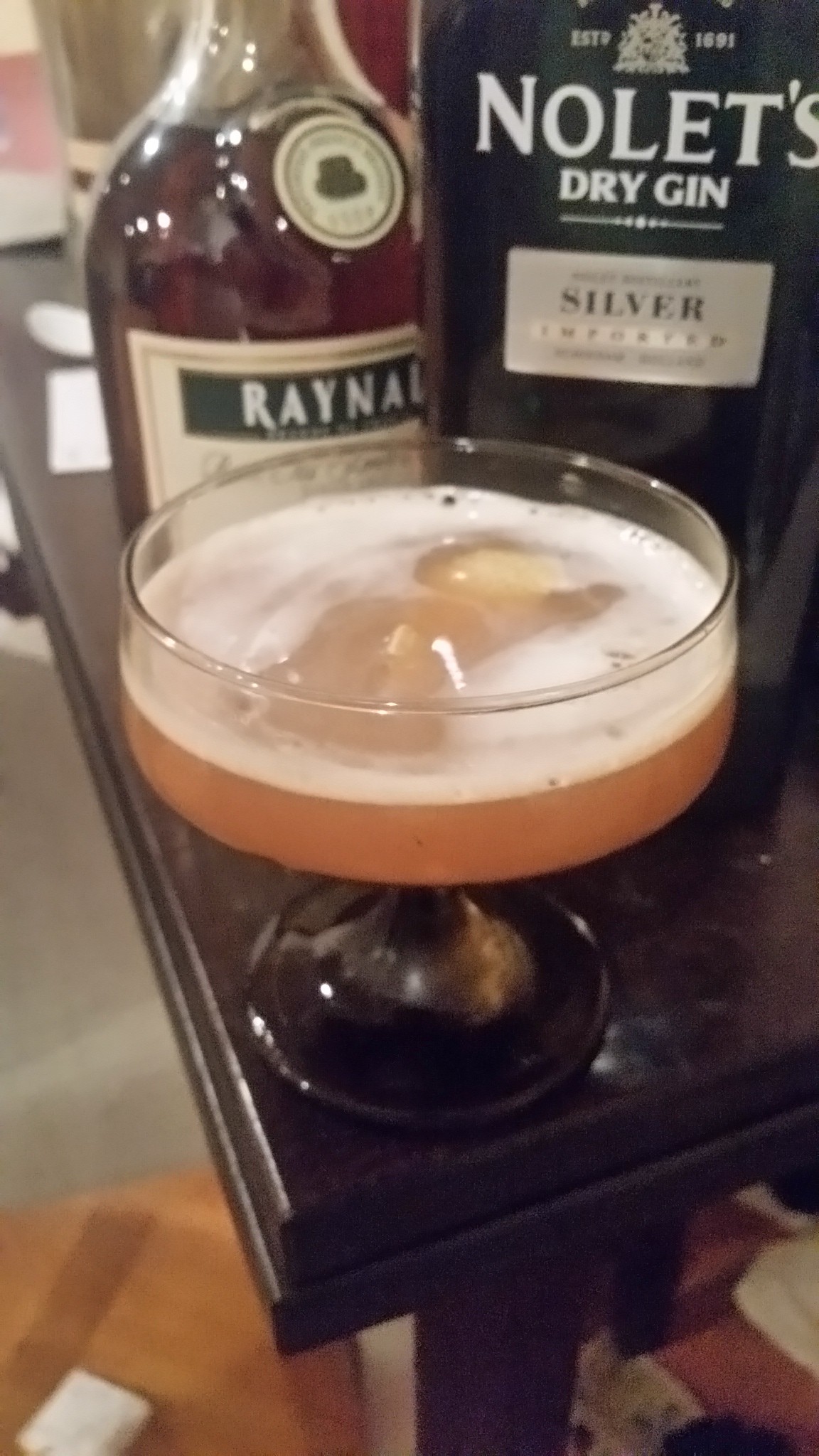 If there’s something that unites film geeks and cocktail enthusiasts, it’s an interest in the aged and the obscure. Yes, a lot of lost old movies and cocktails were lost for a good reason — not everything can last beyond its time. Nevertheless, there are still plenty of buried gems and few things in life are more fun for any kind of enthusiast than unearthing one of them.
If there’s something that unites film geeks and cocktail enthusiasts, it’s an interest in the aged and the obscure. Yes, a lot of lost old movies and cocktails were lost for a good reason — not everything can last beyond its time. Nevertheless, there are still plenty of buried gems and few things in life are more fun for any kind of enthusiast than unearthing one of them.








